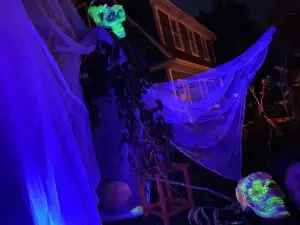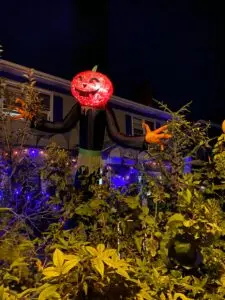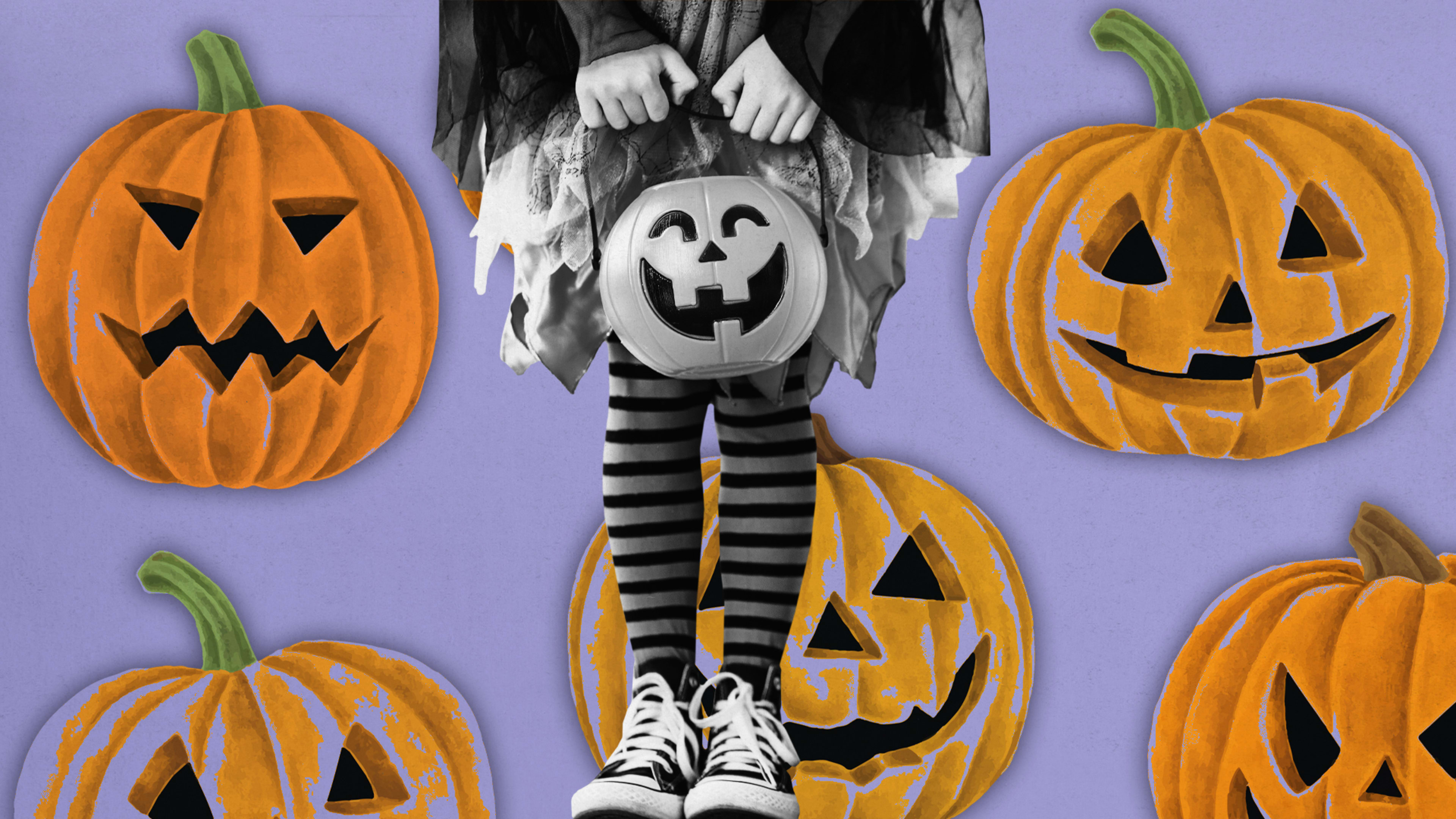How do you celebrate Halloween during a global pandemic? A website sponsored by the Halloween and Costume Association aims to answer this question by pairing color-coded maps from the Centers for Disease Control and Prevention that outline the pandemic’s current severity in different counties with the precautions one should take for celebrating Halloween.
We live in a yellow zone—like much of the country—and what is the CDC’s big advice? “Give out treats outdoors, if possible.”
Has anyone at the CDC even been trick-or-treating in the last 50 years? Apparently people at the agency live in that super creepy house where they invite children inside on Halloween night to chat in their parlor.
The CDC has spooked many with its bewildering classification that trick-or-treating can increase the spread of COVID-19, leading some city officials to discourage the classic Halloween activity and ban other types of Halloween events. The agency implied that getting free candy from neighbors was akin to going to an indoor party or screaming through a haunted house—but it’s hard to believe that’s true.

This year, our neighbors collectively had the mind meld that we were not going to let COVID-19 ruin Halloween. After seven and a half months of quarantine, with our daughter Ginger and all of her friends miserable in Zoom School, Halloween feels both necessary and, yes, safe. We have already lost normal school and office life, summer vacations, holidays, birthday parties, and Fourth of July fireworks. Conversations with our neighbors have started turning to attenuated Thanksgiving celebrations. We need to make the most of the holiday we already celebrate outside with a face covering.
With no coordination, many of us started putting out decorations in mid-September. Nearly every afternoon since then, our family has added, fussed with, and rearranged our Halloween decor. Our yard has several set pieces, from our “It’s the Great Pumpkin, Charlie Brown” homage with Snoopy’s doghouse and several seasonally appropriate gourds to an increasingly elaborate black-light array, spotlighting a wide variety of fluorescent painted skulls, stegosaurus plates, and even our hydrangea tree. And we’d be remiss if we didn’t mention the “poison garden” where hemlock and other plants you wouldn’t want to eat are growing.
Our neighbors also upgraded their decorations game this year. If Dan and Amy had four skeletons in years past, now they have six—plus a white ghost witch on the porch. Karen and Tom, new to the neighborhood this year, decked out their walkway with a number of motion-activated spooky sounds, and they don’t even have trick-or-treating-age children.
Just because we’re determined to save Halloween doesn’t mean we won’t make any concessions. In August, Sleepy Hollow town officials canceled the Halloween parade and many other festivities. (They did not have the benefit of the recommendations from the Halloween and Costume Association, which actually suggested parades in lieu of trick-or-treating—even though that feels like far more of a potential superspreader event given the crowds that have clogged the streets in years past.)
Instead, the watchword for this pandemic year would be “subdued.” This was a double affront as we had been excited for 2020’s celebration going back a full year, thanks to the combination of All Hallow’s Eve falling on a Saturday and featuring a full moon.

Our family is not full of anti-maskers, pandemic deniers, or “Liberate Halloweeners.” We are making reasonable accommodations. We’ll greet our trick-or-treaters at the front of our sidewalk instead of on our porch. We’ll have line spacers. If we need to, we’ll throw them candy or put it on the bushes. We have a candy-flinging crossbow we could try if we must. Some neighbors have prepared PVC candy chutes.
Why do we need this so much right now? We are staring down a pandemic and election that are sure to diminish or ruin Thanksgiving, Christmas, Hanukkah, New Year’s, and possibly our democracy. This is our last holiday before the 2020 presidential election and whatever fresh hell that will bring.
In our neighborhood, families with both the Blue Lives Matter and Rainbow flags believe in candy and putting weird stuff in their yard. Halloween is for everyone. This is a holiday so ancient that no one is even sure why we celebrate it. What has often been a ritual to honor the dead in cultures around the world has been Americanized. Where other cultures once left food at gravestones, we offer candy to bribe kids not to toilet paper our houses. This big American contribution obscures the original intent and makes the holiday more about candy, kids, and costumes than death.
That sounds like exactly what we need right now.
Recognize your company's culture of innovation by applying to this year's Best Workplaces for Innovators Awards before the extended deadline, April 12.
